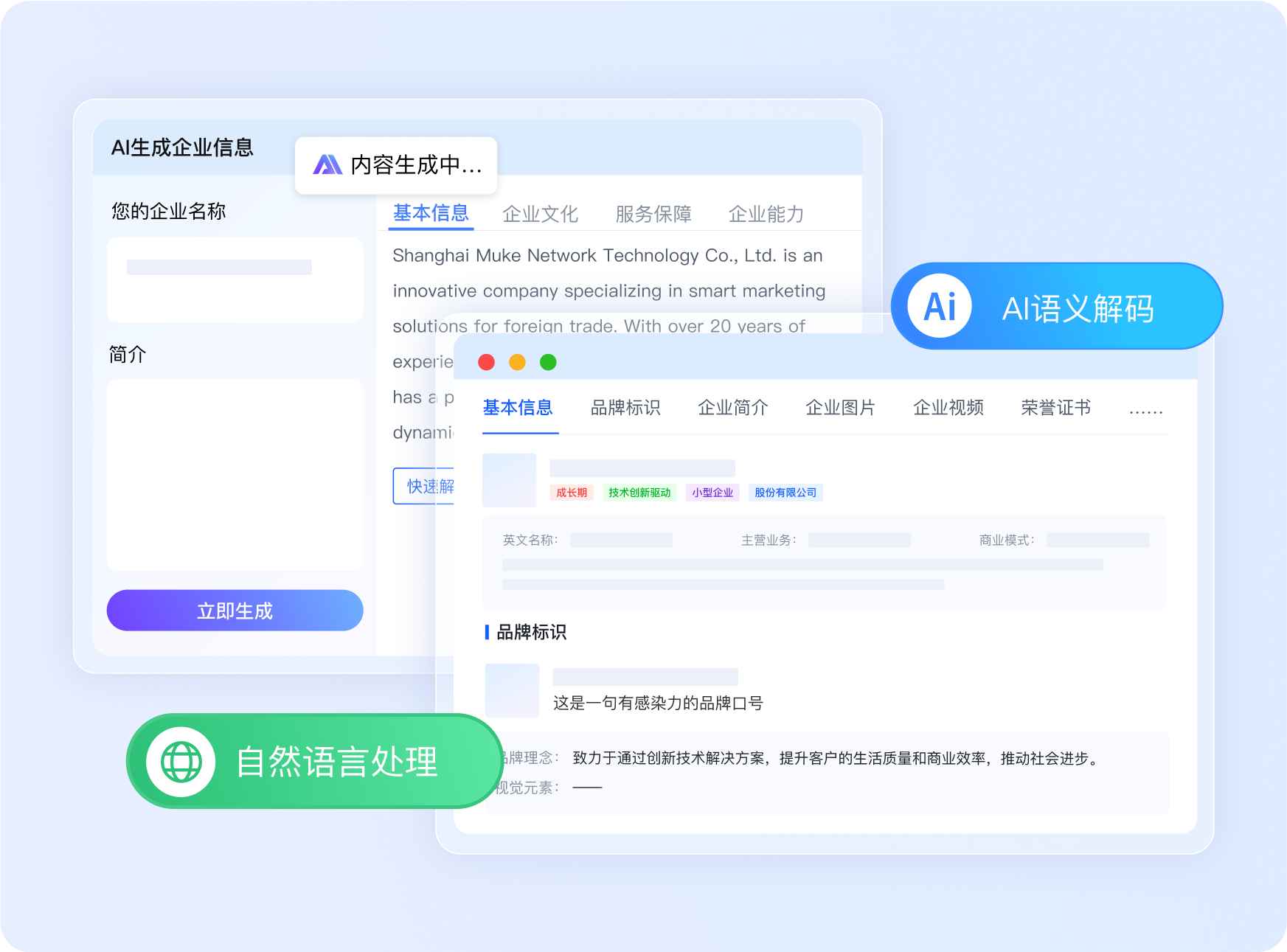 400-076-6558智领未来,外贸超级营销员
400-076-6558智领未来,外贸超级营销员
 400-076-6558智领未来,外贸超级营销员
400-076-6558智领未来,外贸超级营销员

In the world of global trade, understanding the import and export customs declaration process is crucial for businesses. The overall process typically starts with the preparation of necessary documents and ends with the successful clearance of goods. First, companies need to gather essential paperwork such as commercial invoices, bills of lading, and packing lists. These documents provide detailed information about the goods, their value, and origin, which are vital for customs authorities to assess duties and taxes.

Once the documents are ready, the next step is the actual declaration. This involves submitting the information to the customs system. In many countries, this is done electronically through a dedicated customs portal. The declaration includes details like the description of goods, quantity, and Harmonized System (HS) codes. HS codes are standardized codes used worldwide to classify products, and using the correct code is essential to avoid errors and delays.
When preparing customs declaration documents, accuracy is key. For example, the commercial invoice should clearly state the price of the goods, including any additional charges such as freight and insurance. A study shows that nearly 30% of customs clearance delays are caused by inaccurate or incomplete invoice information. Also, the packing list should accurately describe the contents of each package, including the weight and dimensions.
Submitting the documents in a timely manner is also crucial. Delays in submission can lead to demurrage charges and other penalties. It's advisable to have a clear timeline and ensure that all parties involved, such as suppliers and freight forwarders, are aware of the deadlines.

One of the most common errors in customs declaration is the incorrect use of HS codes. Misclassifying goods can result in over - or under - payment of duties. To avoid this, businesses should consult with customs experts or use reliable HS code lookup tools. Another common mistake is the omission of important information, such as special requirements for certain types of goods, like hazardous materials or restricted items.
Regular training for employees involved in the customs declaration process can also help reduce errors. By keeping them updated on the latest regulations and best practices, companies can improve the accuracy of their declarations.
Digital tools have revolutionized the customs declaration process. For instance, electronic data interchange (EDI) systems allow for seamless communication between businesses and customs authorities. With EDI, data can be transferred in real - time, reducing the risk of errors associated with manual data entry. Some EDI systems can also automatically validate the data against the latest customs regulations.
There are also software solutions that can help with HS code classification. These tools use artificial intelligence and machine learning algorithms to analyze the description of goods and suggest the most appropriate HS codes. According to industry reports, companies using such digital tools have seen a 20 - 30% improvement in customs clearance efficiency.

Let's take the example of a furniture manufacturer exporting to multiple countries. By using a cloud - based customs management system, they were able to centralize their customs declaration process. This system integrated with their inventory management and accounting systems, ensuring that all data was accurate and up - to - date. As a result, they reduced their customs clearance time by an average of 2 days per shipment.
Another tip is to establish a good relationship with customs brokers. A reliable customs broker can provide valuable advice on local regulations and help navigate complex customs procedures. They can also assist in handling any issues that may arise during the clearance process.
To improve overall work efficiency, businesses can implement a continuous improvement process. This involves regularly reviewing the customs declaration process, identifying bottlenecks, and implementing solutions. For example, if a particular step in the process is taking too long, companies can analyze the root cause and find ways to streamline it.
Collaboration with supply chain partners is also important. By sharing information and coordinating activities, businesses can ensure a smooth flow of goods through the customs process. This can include sharing shipping schedules, inventory levels, and customs - related information.
Customs declaration involves various risks, such as changes in regulations, tariff disputes, and security issues. To manage these risks, companies should have a risk management plan in place. This plan should include regular monitoring of regulatory changes, scenario planning, and contingency measures.
For example, if there is a potential change in tariff rates, companies can adjust their pricing strategies or source materials from alternative suppliers. By being proactive, businesses can minimize the impact of these risks on their operations.
To improve the digital level of the customs declaration process, companies should invest in modern technology. This includes upgrading their internal systems to be compatible with electronic customs portals. They should also train their employees on how to use digital tools effectively.
Furthermore, businesses can explore the use of blockchain technology in customs declaration. Blockchain can provide a secure and transparent way to share data between different parties involved in the supply chain, reducing the risk of fraud and errors.
If you want to learn more about optimizing your customs declaration process and getting ahead in global trade, click here for exclusive resources and expert advice.
.png?x-oss-process=image/resize,h_100,m_lfit/format,webp)
.png?x-oss-process=image/resize,h_100,m_lfit/format,webp)

.png?x-oss-process=image/resize,h_100,m_lfit/format,webp)
.png?x-oss-process=image/resize,h_100,m_lfit/format,webp)
.png?x-oss-process=image/resize,h_100,m_lfit/format,webp)
.png?x-oss-process=image/resize,h_100,m_lfit/format,webp)
